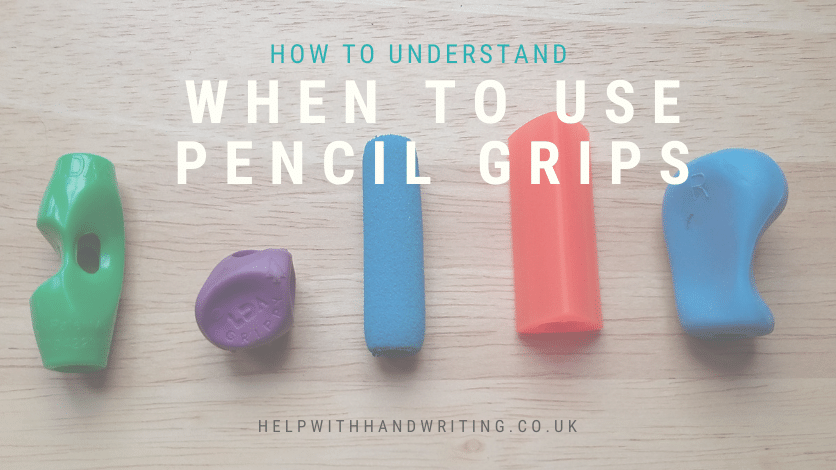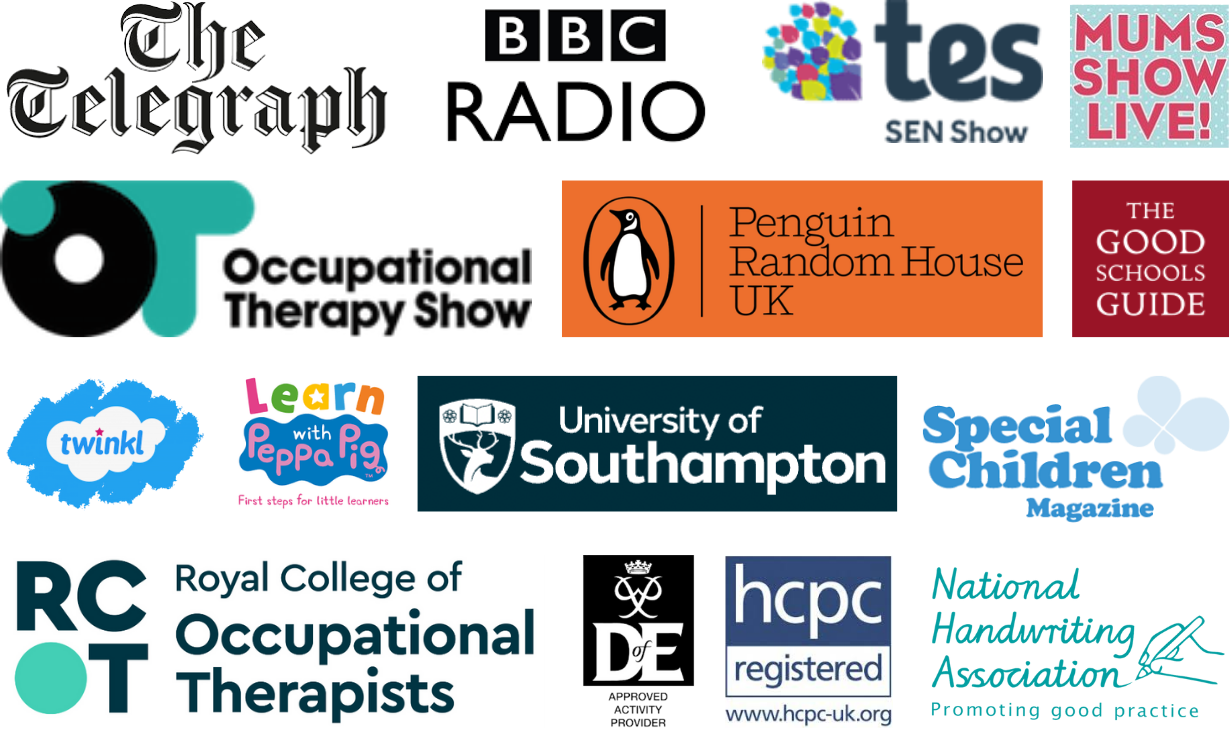Pencil grips: do they work?
What one is the best for my child and what do they actually do? Discover everything you need to know to improve handwriting.
Have you ever thought about pencil grips?
Admittedly it is not your everyday topic of conversation unless you have seen a child hold their pencil awkwardly. Or you are a children’s Occupational Therapist. I am often getting asked about pencil grips, whether they work, what one is the best and what do they actually do?
To be honest I think it is a bit of an urban myth amongst schools that they work. I see so many teachers do this and hear from so many parents who have said their school suggested it.
Here I am going to explain 5 common pencil grips and what they are best for.
The purpose of the pencil grip is to help a child develop a tripod (three fingered) pencil grip. Once mastered they can draw, colour and write without experiencing pain or discomfort when writing.
There is some research suggesting how a child holds a pencil is irrelevant.
I disagree with this. (Very strongly!)
When a child cannot hold a pencil in a three fingered grip, they will find it more difficult to form rounded shaped letters. This can slow their writing down or cause them to grip too tightly around the pencil. If this is the case a child will say their hand hurts when writing. Or they will might wiggle their fingers to help the blood flow back to the hand.
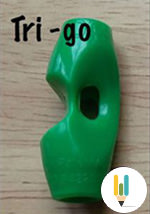
The tri-go pencil grip has three holes, helping guide a child’s fingers into a tripod grip. Two are the same size; these are for the thumb and index finger. Those smaller holes are so that the middle finger can rest under the pencil shaft. They help left and right-hand writers. The plastic is not as rigid as some and it does come in a variety of colours. I find they only work well if all three fingers are placed in the holes. If the thumb remains tucked over the top of the pencil, then this pencil grip makes no difference.
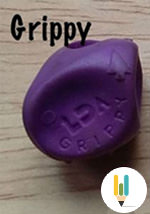
A ‘Grippy’ can also be called the ‘Stubbi’. I think it is small and fiddly to use. Being small it can be discrete to other kids seeing something on the pencil.

This foam tubing acts as a cushion around the pencil. It helps children who grip too tightly when writing and find changing their pencil grip not interesting.
A top tip for you. . . Sometimes an elastic band wrapped around the pencil can provide a similar amount of cushioning.
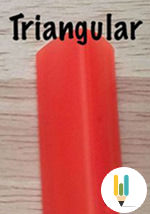
The one that most people know is the triangular grip. It helps guide a child into understanding that their 3 fingers need to be in different parts around the pencil shaft. Often it has a rigid plastic material. Helps both left or right handed writers.
Be warned…I have seen triangular shaped pens with triangular pencil grips. This is a no, no! Adding one on top of another will not help improve a child’s handwriting. However it can be put upside down in error so watch out.
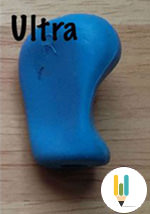
The ultra-grip is one of my favourites. It comes in a variety of colours including metallic colours. This is soft and bouncy to touch thus helping those that grip too tightly. It has a bevelled end which helps encourage an open web space between the thumb and the index finger. A space is needed when writing round shaped letters. Helpfully, it can help left and right-hand writers.
Pencil grips for kids, my recommendations
Pencil grips do have a place when teaching a child how to write. However, their real success depends on matching the correct pencil grip for the difficulty your child has.
As a handwriting OT and expert, I would suggest the following to try:
If it is knowing where to place their fingers then the tri-go, grippy, triangular and ultra-grip will work.
Assuming your child holds their pencil too tightly then the foam tube and the ultra might help.
In the case where they write with their thumb over the pencil and touching their index finger then either the tri-go, grippy and ultra will help.


